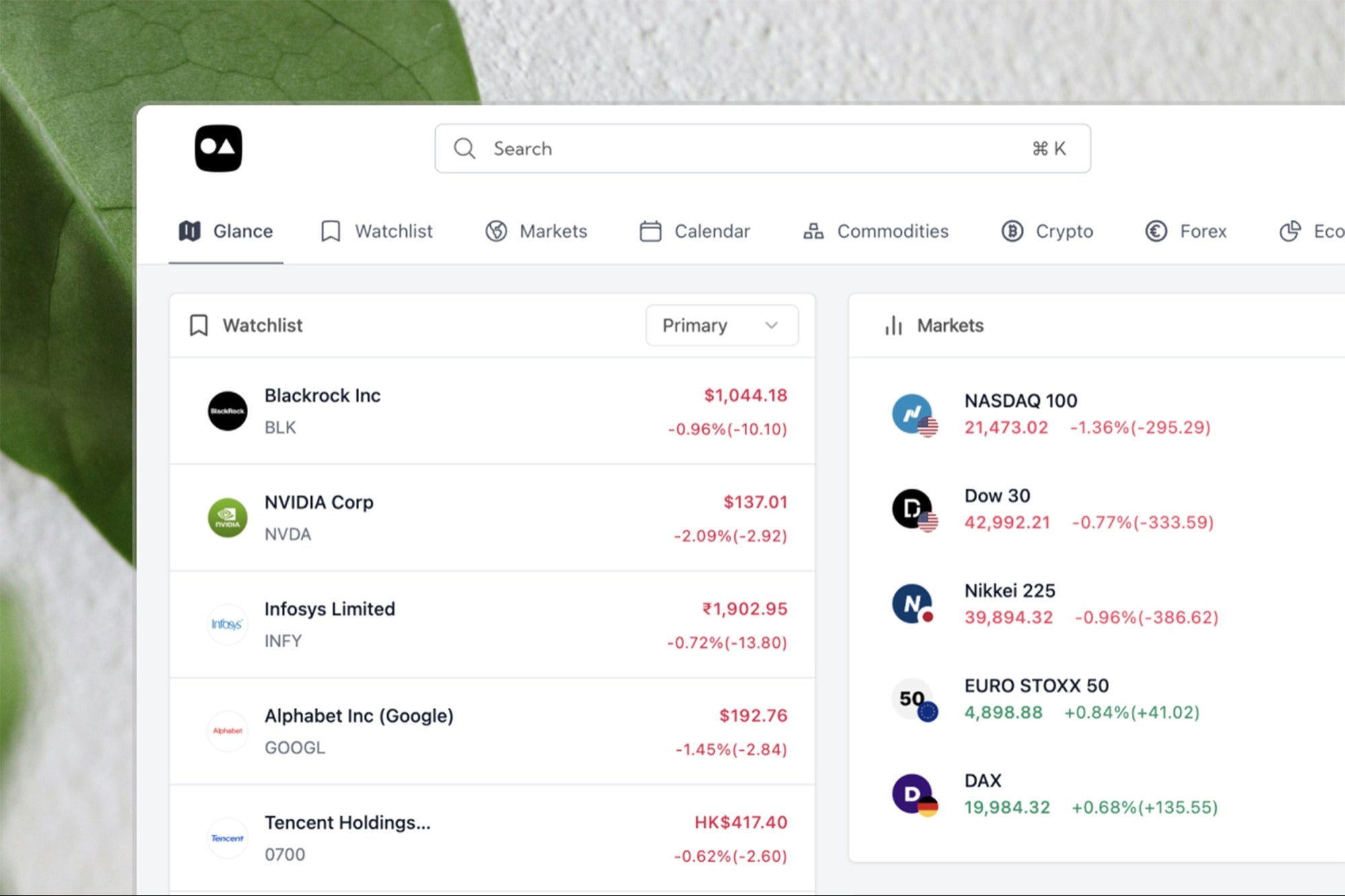How to Dress for Success in a 'Business Casual' Office Business casual can be interpreted many ways, depending on the industry and company. Here are tips on how to navigate business casual dress successfully.
By Carolyn Sun
Opinions expressed by BIZ Experiences contributors are their own.

"Business casual" is one of those terms that's been used for decades but is just as elusive as ever. In some cases it could mean wearing a bright-colored polo shirt; in others, it could mean wearing a neutral-colored button-down and a sports jacket.
"It means different things to different people and depends on the industry," says Jacqueline Whitmore, founder of The Protocol School of Palm Beach, a business-etiquette training company.
Of course, there are certain rules that can help you navigate the murky business casual waters. Just don't take your cues from Facebook CEO Mark Zuckerberg, who wore his signature hoodie to a meeting with potential investors before his company went public in 2012. While the move didn't ultimately hurt him or his company, he was the exception. You might not be as lucky.
Business casual isn't casual business. So here are five tips on how to dress for the business casual work environment.
Related: Your Attire Speaks Volumes Before You Open Your Mouth
1. Know your work culture's definition of business casual.
A Fortune 500 company's interpretation of business casual is going to be more formal than a startup's idea of business casual, explains Heather R. Huhman, president of Come Recommended, a publicity and marketing firm for human-resource technologies. A business casual outfit typically means khakis and a button-down shirt or solid-colored sweater for men and a blouse or sweater with dress pants or knee-length skirt for women. Or it can mean a clean pair of sneakers and loud graphic prints, if you work in a creative and youthful environment, such as a digital ad agency.
Steer clear of revealing too much skin or too tight clothing -- this goes for men and women. If you're not sure if what you're wearing is showing too much skin or is too tight, chances are you probably are. Take your clothing cues from a coworker or a friend in a similar field who looks effortlessly put together.
2. Think about who you're meeting with that day.
If you're going for a job interview, be on the safe side and suit up, Huhman says. "Even if the rest of the office is wearing sneakers and hoodies." It's usually better to be overdressed than underdressed, and you can remove a suit jacket if needed.
If you're meeting clients, adapt your dress for the clients' comfort and culture, not your own, Whitmore advises. Being overly casual -- even if that's your brand image -- can make you look unpolished to potential funders or clients. Go online and research the company and employees who work there, on LinkedIn, other social media sites or even the company website. That kind of research can give you insight on whether to wear khakis or a dress suit.
Related: 6 Items Every BIZ Experiences Needs to Dress for Success
3. Check that the clothing fits and is clean and wrinkle-free.
"If you have a suit that only cost $150, go the extra mile and get it tailored. Shine your shoes," Kevin O'Leary, an investor on ABC's Shark Tank, explains. "It's the simple things that people notice."
To avoid that moment when you get into the office and realize your blouse is missing a strategic button, or that you have a gaping hole located on an embarrassing seam, plan what you're going to wear the night before and run a quick check: Look for missing buttons, stains and frayed hems and collars.
4. Always keep a business jacket and dress shoes in your car or at the office.
Even if you work in a business casual environment, you can be asked to meet with a customer or client on the fly. Keeping a professional, black business jacket and dress shoes handy could save your day, Huhman says. "You never know when you'll suddenly need to meet with a client or potential employer."
A tailored jacket and dress shoes (such as wingtips for men and closed-toe 2- to 3-inch heels for women) upgrades your business casual to business professional.
5. Keep up on personal grooming.
One of the common mistakes people make in appearance is not paying attention to the details, Whitmore claims. Clean fingernails, tidy hair and neat, muted makeup shows that you take care of yourself and care about the impression you make on others.
"Also, when you work for an organization, you represent it -- you're the face of the brand, sometimes literally. Your appearance could change how a customer or client feels about the brand, for better or worse," says Huhman.
So, while you want to be yourself at work? Be your best-foot-forward self. Not your sweatpants-and-unwashed-hair self.
Related: The Stars of Shark Tank on How to Dress for Success












